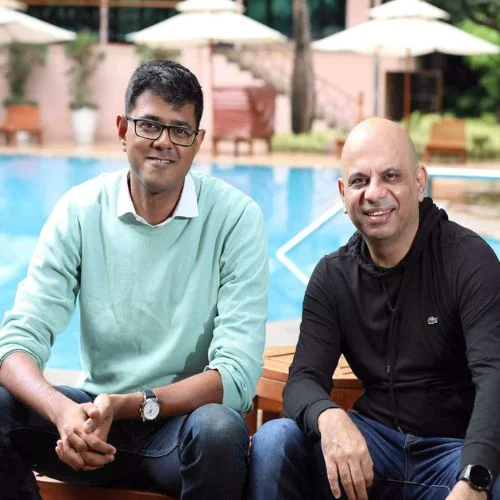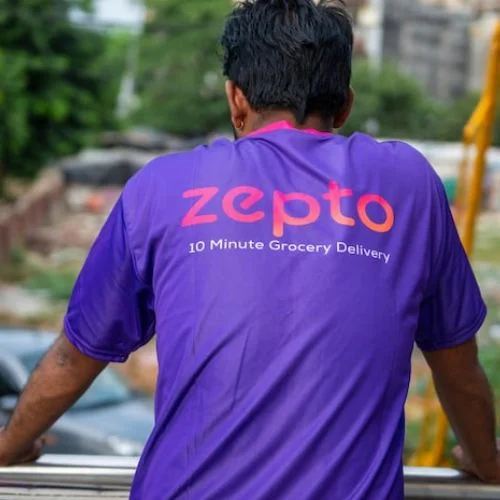Ambani increased the scale of consumer sectors like telecom and retail to reduce the group’s reliance on petrochemicals and refining. In the areas of transportation, coal, and electricity, Adani targeted industrial and utility-scale customers.
It was too still to continue. In India’s telecom sector, prolonged and ruthless destruction of capital was just beginning to give way to a time of calm and harmony. The three operators who made it out of the dozen who were on the scene in 2016 must have been relieved that the crippling price war was over. The next round of investment would be supported by steady market shares and respectable per-user income.
So you can imagine the worry that arose when it was announced that billionaire Gautam Adani, the owner of a port and an airport who has up till now had no involvement in the telecom industry, would compete for 5G spectrum in this month’s auction.
Another businessman, Mukesh Ambani, upended the Indian cellphone industry six years prior with his low-cost data and free calls. He currently has 410 million users and is the market leader. Add services like digital advertising, e-health, and mobile education to basic telco revenue, albeit the main rewards won’t come for a few more years. According to Jefferies, Ambani’s Jio Platforms Ltd. is a $95 billion company overall, 17% larger than the hydrocarbons business he inherited from his father and in which Meta Platforms Inc. and Alphabet Inc. are investors.
Should Ambani get ready for an Adani attack right away? They are rivals who have so far been able to orbit in different hemispheres. Ambani built up scale in consumer businesses like telecom and retail to shed the group’s overdependence on refining and petrochemicals. Adani went after industrial and utility-scale customers in transportation, coal and power. But they now have overlapping ambitions, for instance in renewables and media. Analysts at Motilal Oswal in Mumbai are noticing a “consumer bent” within the Adani group, which could extend beyond owning the country’s No. 1 edible oil brand. Could telecom become a battlefield for two of the world’s richest people?
The Adani group rejects any such proposals. Analysts are divided on whether a battle for the sector is worthwhile. Given low tariffs, little potential for differentiation, insufficient spectrum, and subpar returns on investment, according to Bank of America, there is no sustainable economic case for any non-4G telco in consumer mobility. Jio and Bharti Airtel Ltd., the No. 2 competitor, are in good financial shape. Thanks to a state-backed bailout, Vodafone Idea Ltd. avoided bankruptcy or a slump sale, which befell numerous other players. Even if Adani chooses to acquire the ailing No. 3 player and launch a full-fledged telecom entrance, it will still need to spend billions of dollars on capital projects to make up for the telco’s lost investment.
For what purpose? Just $2 per subscriber per month is what Jio is now earning. The debt finance that powers the Adani juggernaut doesn’t seem to be being utilised effectively. The Bank of America analysts claim that the enterprise market is the only one with potential for a new telecom.















